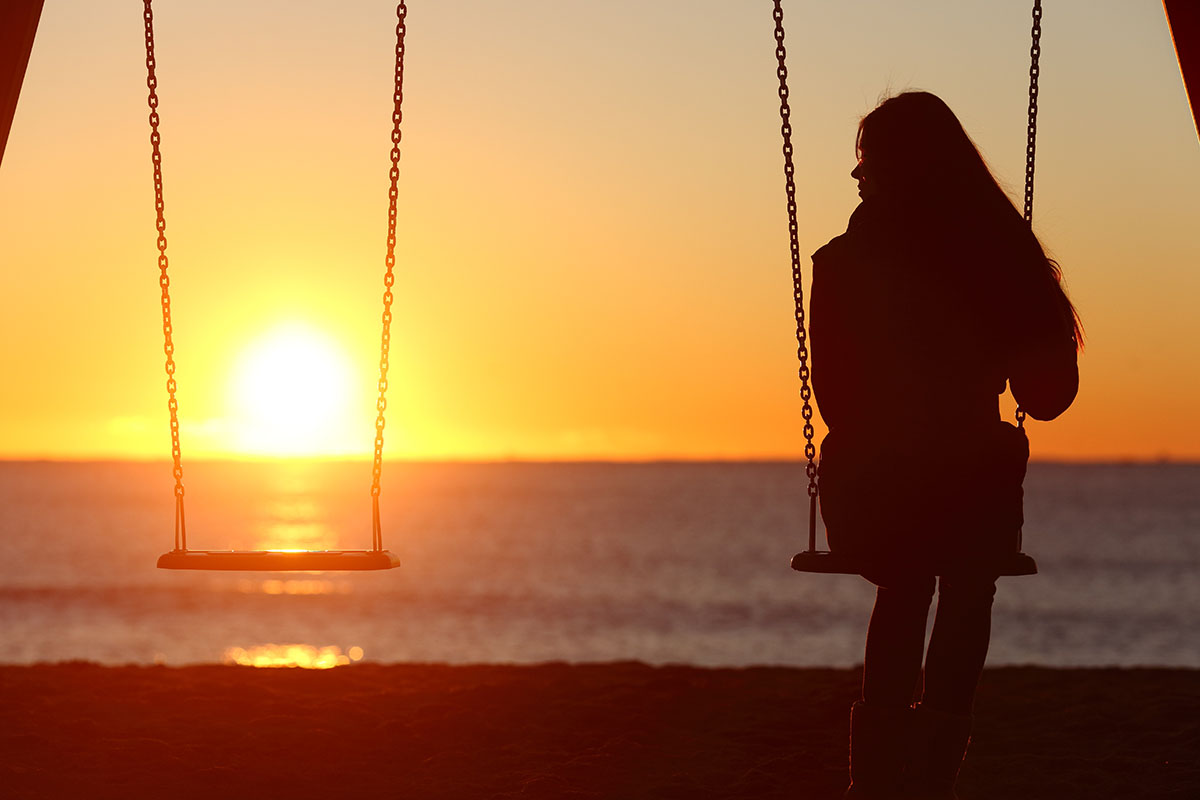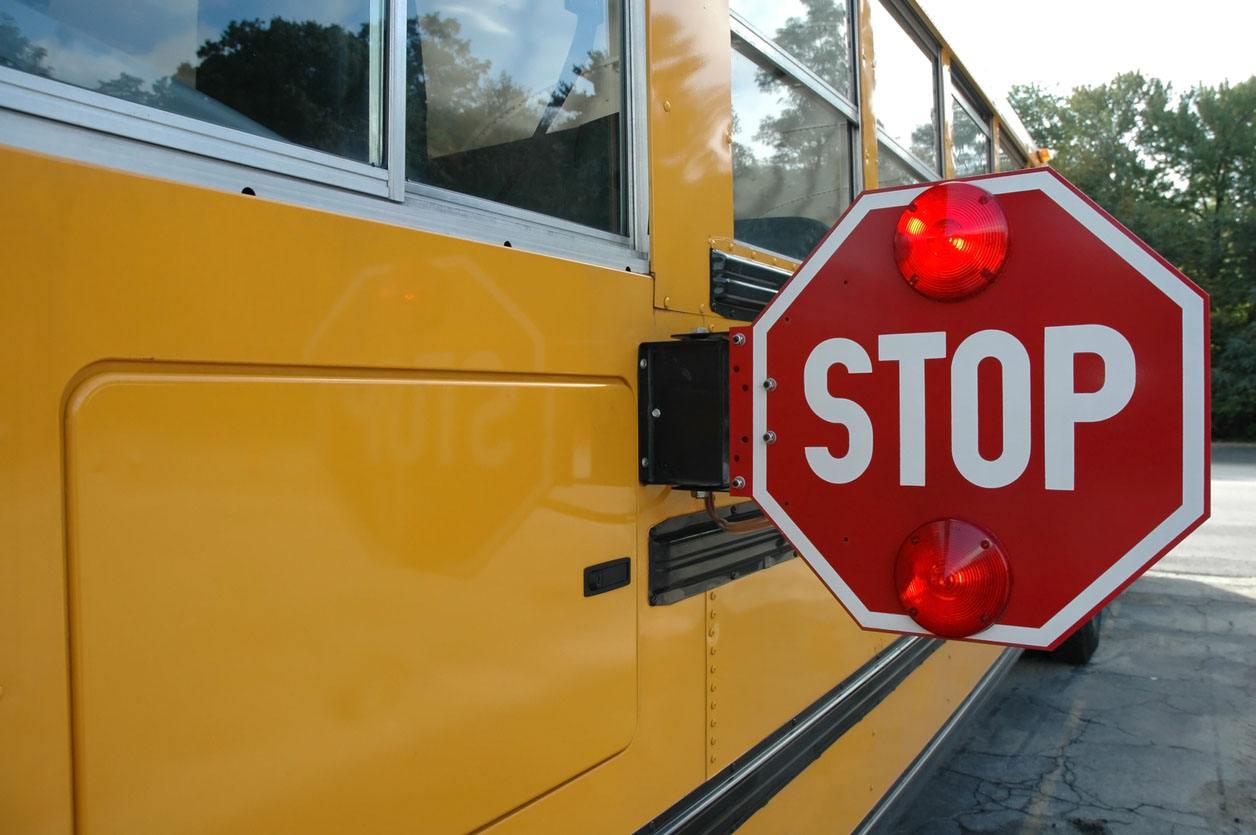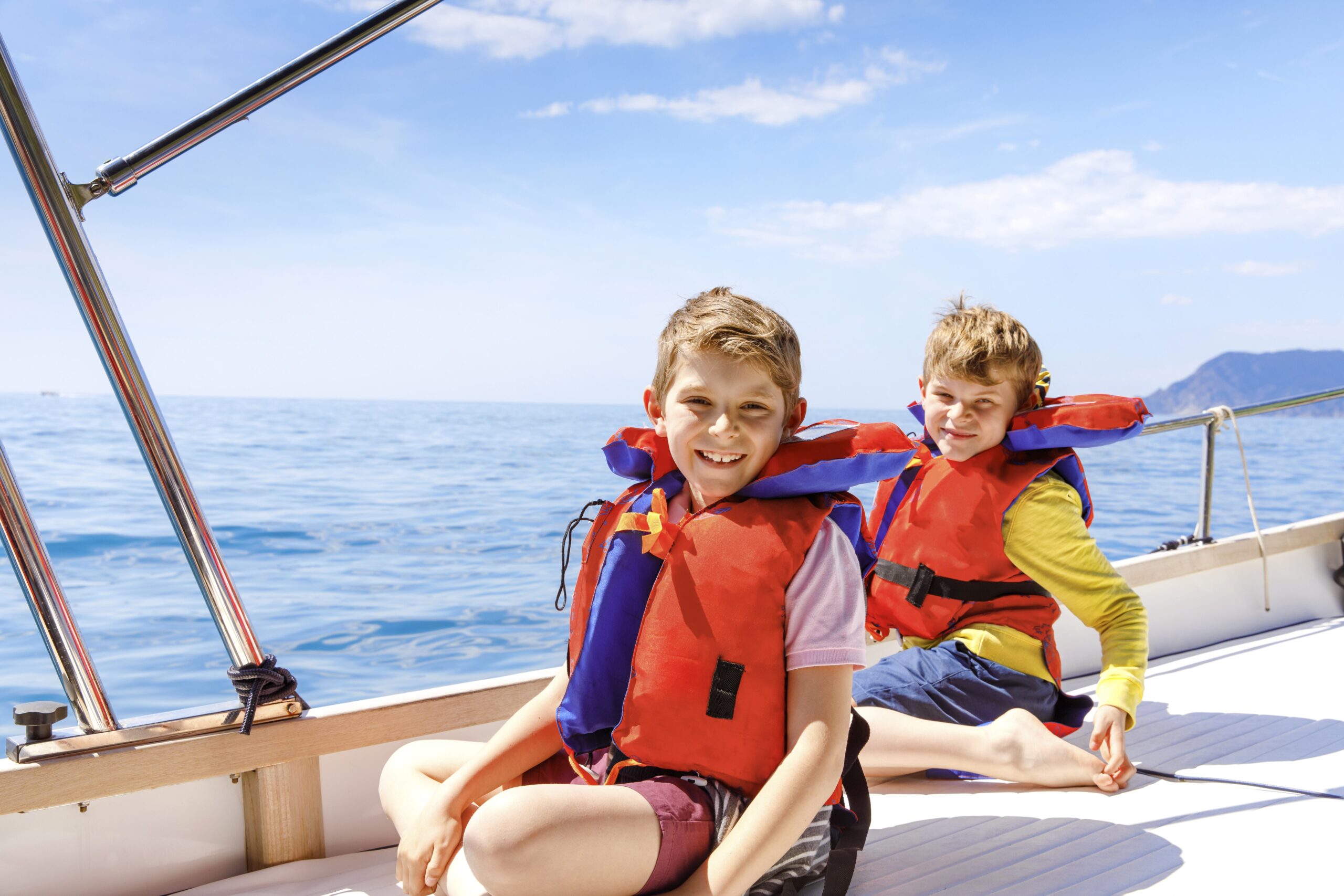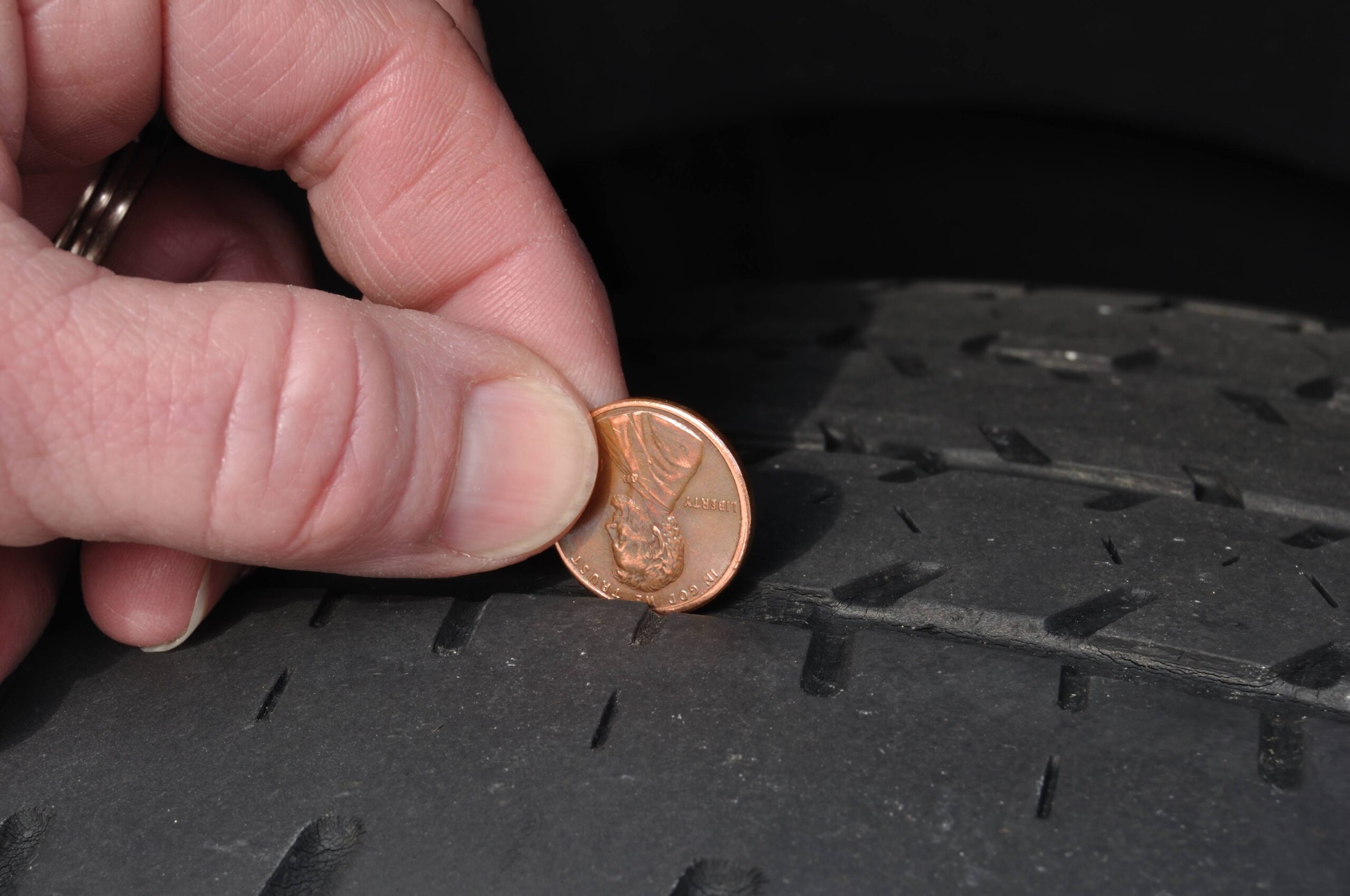Protecting Your Assets
As we accept some of the changes and limitations that life is confronting us with these days, we are learning to find fun wherever we can, and often this means recreating close to home. Home swimming pools, trampolines, swing sets, and treehouses are especially popular this year.
A home trampoline is a great way to get the kids and maybe even yourself outside and doing something active. Yet they are not without risk. According to Science Direct, “Trampolines account for up to 15% of pediatric orthopedic injuries requiring hospital care during the summertime.” You can take steps to significantly reduce the likelihood that your child will not become one of these statistics, such as allowing only one child to jump at a time, but what happens when a neighborhood kid escapes supervision and can’t resist the lure of your trampoline?
Another significant perk that is not without liability risk is the home swimming pool. Swimming is the joy of summer, and owning a pool for the convenient use of kids, grandkids, and even adults provide countless hours of healthy summer fun. Yet again, risks accompany the boon. The American Academy of Pediatrics reports that “drowning is the leading cause of injury-related death in children,” and home swimming pools are where most of these drownings occur for children ages four and under. While there are certain steps you can take and probably already have, such as never allowing children in the pool without adult supervision and maintaining a fence around your pool, children can be surprisingly adept at escaping watchful eyes, and drowning can occur in minutes.
Sadly, even man’s best friend can become a liability. During the pandemic, pet adoption rates have soared, and many of us are discovering the simple pleasures of walking a dog around our neighborhoods. Encounters with other dogs and their humans are also more common than ever, and if your dog tangles with another and the owner is bitten by your pooch while trying to separate them, you may be liable. Even though this occurs away from your property, this as well as the aforementioned circumstances are situations when an umbrella policy will ensure that you can protect your assets.
Even if you don’t have a trampoline, swimming pool, or pets, an umbrella policy is something you need more than you may realize. In today’s lawsuit-happy society, there are myriad situations that could be financially devastating if you are not properly covered, such as an icy sidewalk or an over-indulgent guest who makes a fatal mistake on the road after leaving your party.
Life is all about balance. While we don’t want to take extreme, unnecessary risks, we also want to enjoy our time rather than let it pass us by. While homeowners insurance is something we already recognize as a must-have, most of us would be wise to also invest in an umbrella policy for that extra security we don’t always realize we need. An umbrella policy covers not just the policy owner but the other members of your household as well, and since an umbrella policy kicks in after the standard insurance you already have, it is relatively inexpensive. At Waitte’s Insurance Agency, we want to help keep you and all of our community safe because we are part of the community. Call us when you are ready to discuss your unique insurance needs.










